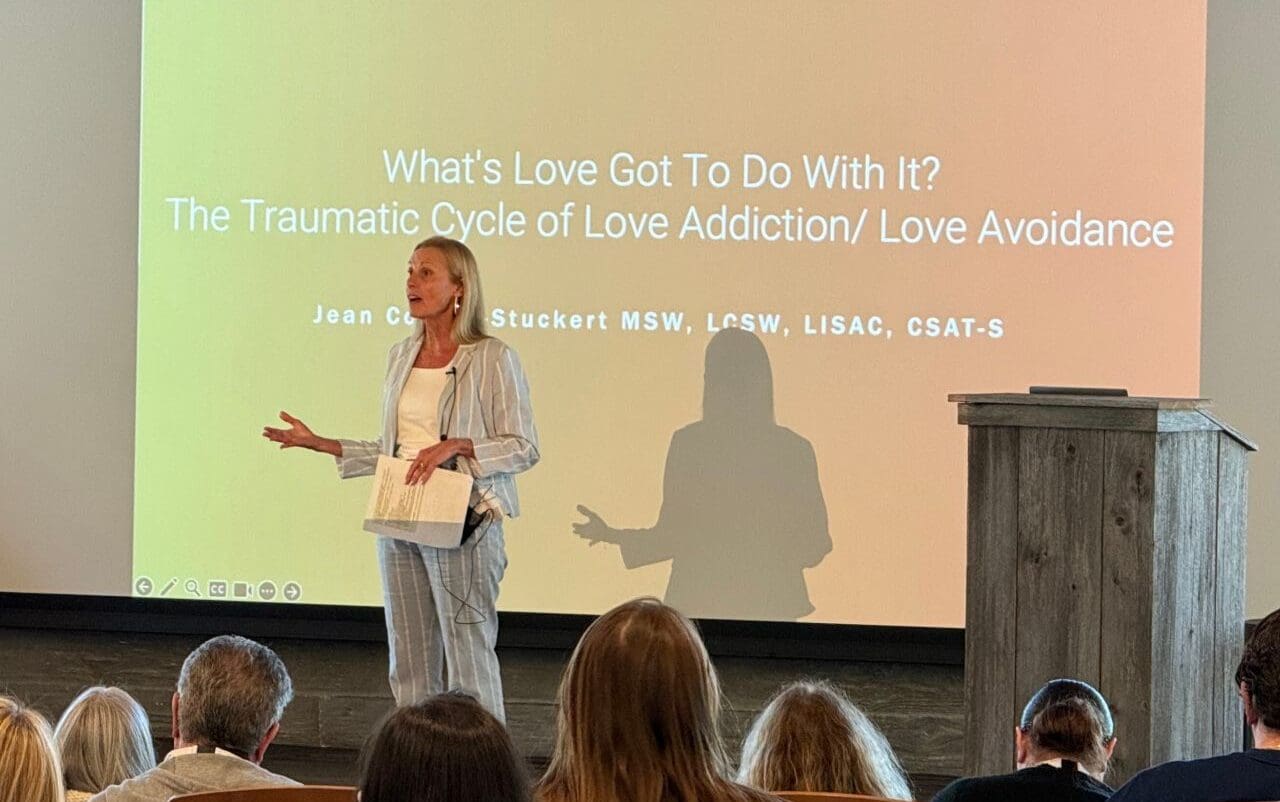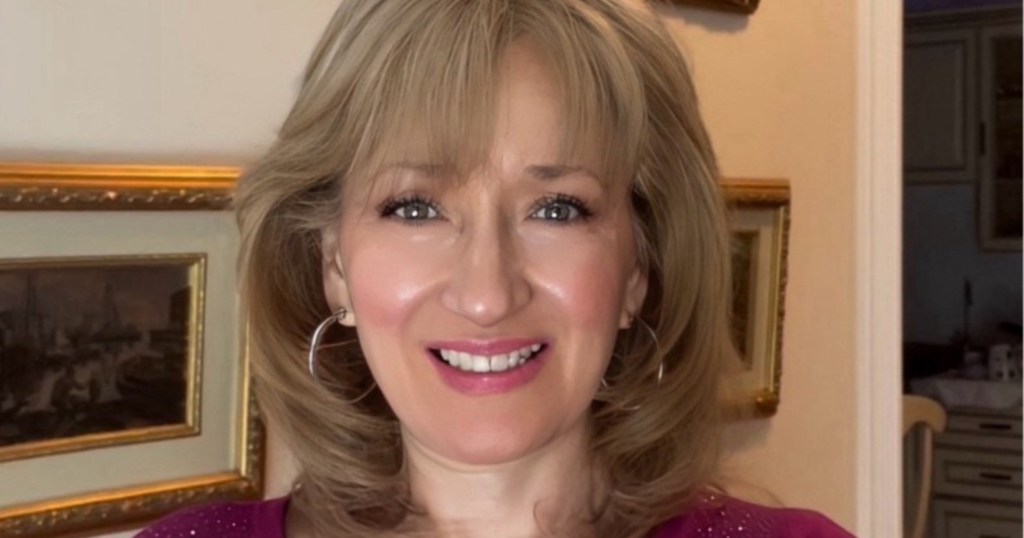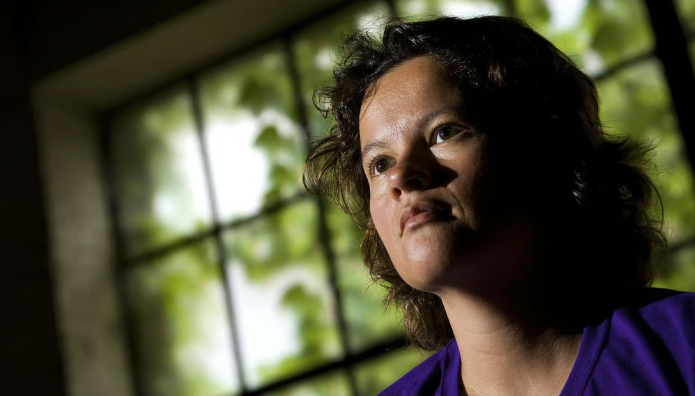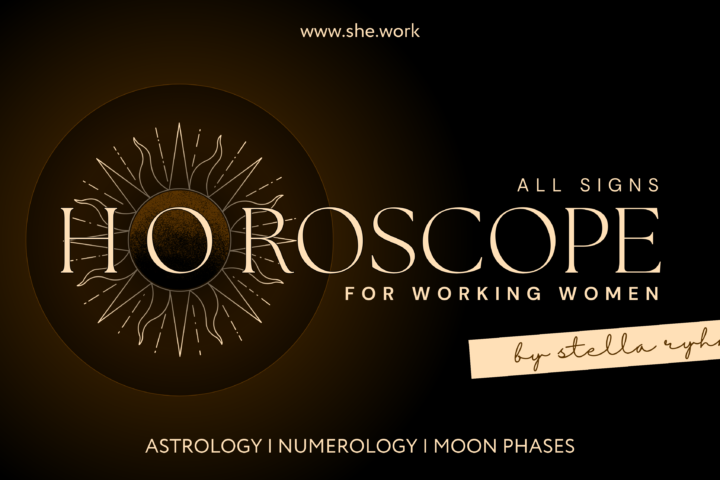Kent, CT – At a recent conference held at High Watch Recovery Center, Jean Collins-Stuckert delivered a captivating exploration of love addiction and avoidance. Drawing from her extensive expertise, Jean shared deep insights into how early childhood experiences shape the dynamics of romantic relationships. As she delved into the development of patterns that either promote clinging to or shunning intimacy, her presentation shed light on their manifestations in adult relationships. Fortunately, I attended this enlightening session and compiled notes detailing her speech. With these notes, I aim to provide women with a clearer understanding of navigating the turbulent waters of love and attachment, drawing on the insights gleaned from Jean’s thorough examination.
Before we begin, I’d like to express my gratitude to the fantastic team at High Watch Recovery Center for their professionalism, warm smiles, exceptional service, and the outstanding meals they provide us.
What is Love Addiction and Love Avoidance?
Love addiction and love avoidance are relational patterns rooted in deeper psychological processes, often stemming from early childhood experiences. Love addiction is characterized by an intense dependency on someone else for validation and emotional security. Individuals with love addiction often fear abandonment and may engage in clingy, needy behaviors that can push partners away. Conversely, love avoidance involves the fear of intimacy and closeness, driving individuals to put up emotional barriers to protect themselves from feeling vulnerable or overwhelmed. Those who exhibit love avoidance often struggle with deep-seated fears of abandonment as well, paradoxically manifesting as a dismissal of closeness to avoid potential hurt or rejection preemptively. Both patterns reflect an attempt to manage deep insecurities and emotional pain that have not been resolved, leading to a cycle of unfulfilling and challenging relationships.
Childhood Bonds and Their Impact on Adult Relationships
Jean began her discussion by outlining three primary types of relational connections formed in childhood, each playing a crucial role in shaping an individual’s approach to relationships:
Functional Bonding: In a healthy relational environment, the caregiver provides the necessary support and affection, nurturing the child’s development. This bonding sets the stage for secure attachments in adulthood, enabling individuals to form healthy, balanced relationships.
✿ Thank you for reading!
Subscribe to be our bestie, no spam—just good vibes once a month.
Enmeshment: When a caregiver overly relies on the child to satisfy their emotional needs, the boundaries necessary for healthy development are blurred. As adults, individuals from enmeshed backgrounds may struggle with codependency, often feeling responsible for the emotional well-being of their partners.
Abandonment: If a caregiver neglects the emotional needs of the child, this could lead to feelings of abandonment. These individuals might grow up to either perpetually seek validation in relationships or to shun intimacy altogether, fearing further abandonment.
Jean emphasized that understanding these patterns was crucial for breaking cycles of dysfunction and fostering healthier interpersonal connections.
The Cycles of Love Addiction and Love Avoidance
Jean described two cycles that individuals often experienced, depending on their early relational traumas:
Love Addiction Cycle: Characterized by an overwhelming fear of abandonment, individuals in this cycle believed they were worthless without their partner. They might engage in obsessive behaviors, continually seeking reassurance to quell their fears of being alone. This cycle often led to a pattern of quickly jumping into new relationships whenever old ones showed signs of failing.
Love Avoidant Cycle: Conversely, those in the love-avoidant cycle feared intimacy due to underlying fears of abandonment. Their self-esteem was derived from their ability to be caretakers, often at the expense of their emotional needs. To maintain control and avoid vulnerability, they created emotional barriers, pushing their partners away to prevent feeling engulfed.
The Dance Between Love Addicts and Love Avoidants
The interaction between love addicts and love avoidants could be particularly turbulent. Jean described this interaction as “The Dance,” where:
Love Addicts were drawn to the idealization of their partners. They entered relationships consumed by the fantasy of perfect love, which blinded them to reality. When confronted with relational issues or a partner’s flaws, they resorted to denial, rationalizations, or even substance abuse to maintain the fantasy.
Love Avoidants, conversely, approached relationships from a place of obligation rather than genuine emotional connection. They might mimic intimacy without truly opening up, keeping their partners at arm’s length to avoid feeling overwhelmed.
This dance was fraught with miscommunications and unmet needs, as one partner continuously sought closeness while the other retreated.
Criteria for Recognizing Addiction in Relationships
Jean outlined twelve criteria to help identify addiction within relationships, which included:
Continued Use Despite Negative Consequences: Persisting in the relationship despite obvious harm or distress.
Neglect of Major Roles: Failing to fulfill work, home, or school responsibilities because of the relationship.
Withdrawal Symptoms: Experiencing emotional disturbances, such as anxiety or depression, when away from the partner or after a relationship ends.
Tolerance: Needing increasingly more significant interactions or more intense conflicts to feel satisfied within the relationship.
Repeated Attempts to Control or Quit: Trying and failing to end the relationship or to change harmful behaviors.
For women navigating these dynamics, understanding the underlying causes of their relational patterns was key to fostering healthier connections. Jean Collins-Stuckert’s insights provided a roadmap for identifying and addressing love addiction and avoidance, emphasizing the importance of therapy, self-awareness, and community support. By acknowledging and addressing these patterns, women could work towards forming more fulfilling and emotionally healthy relationships.
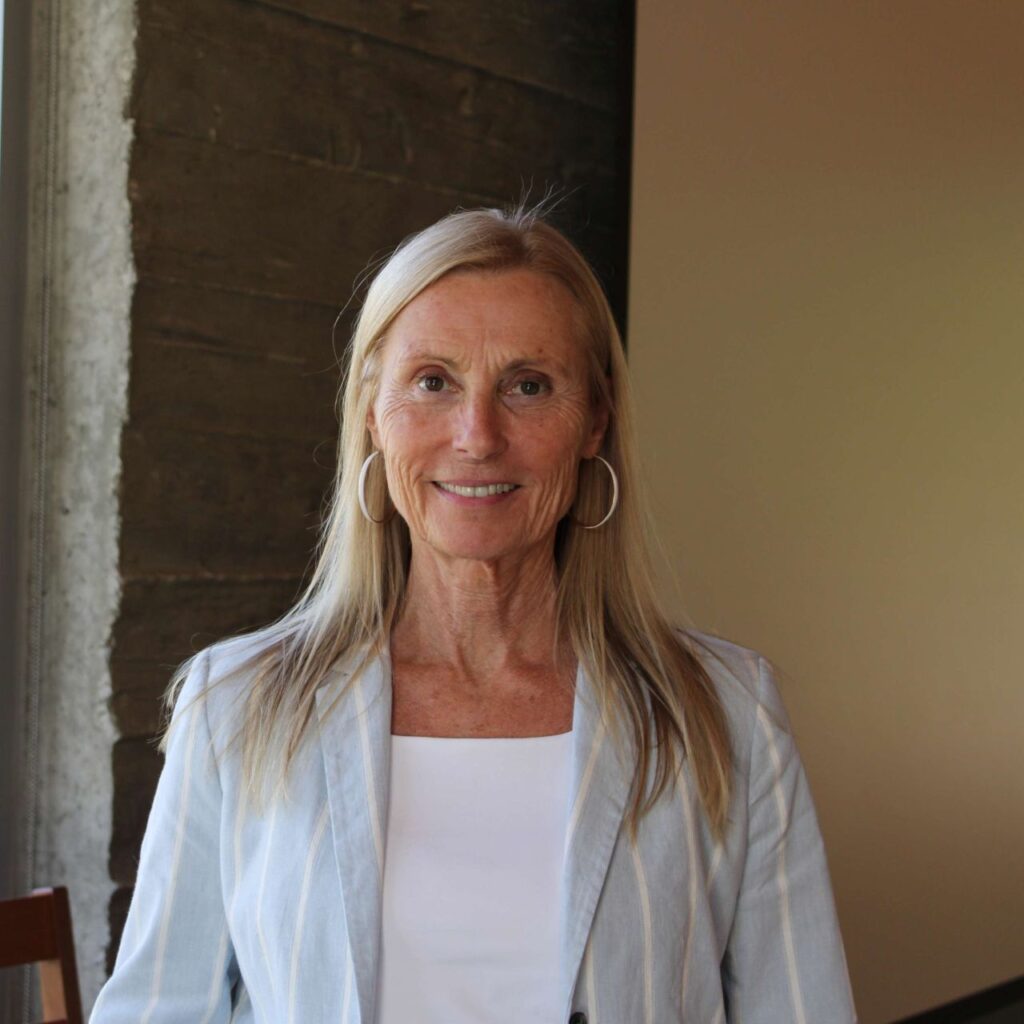
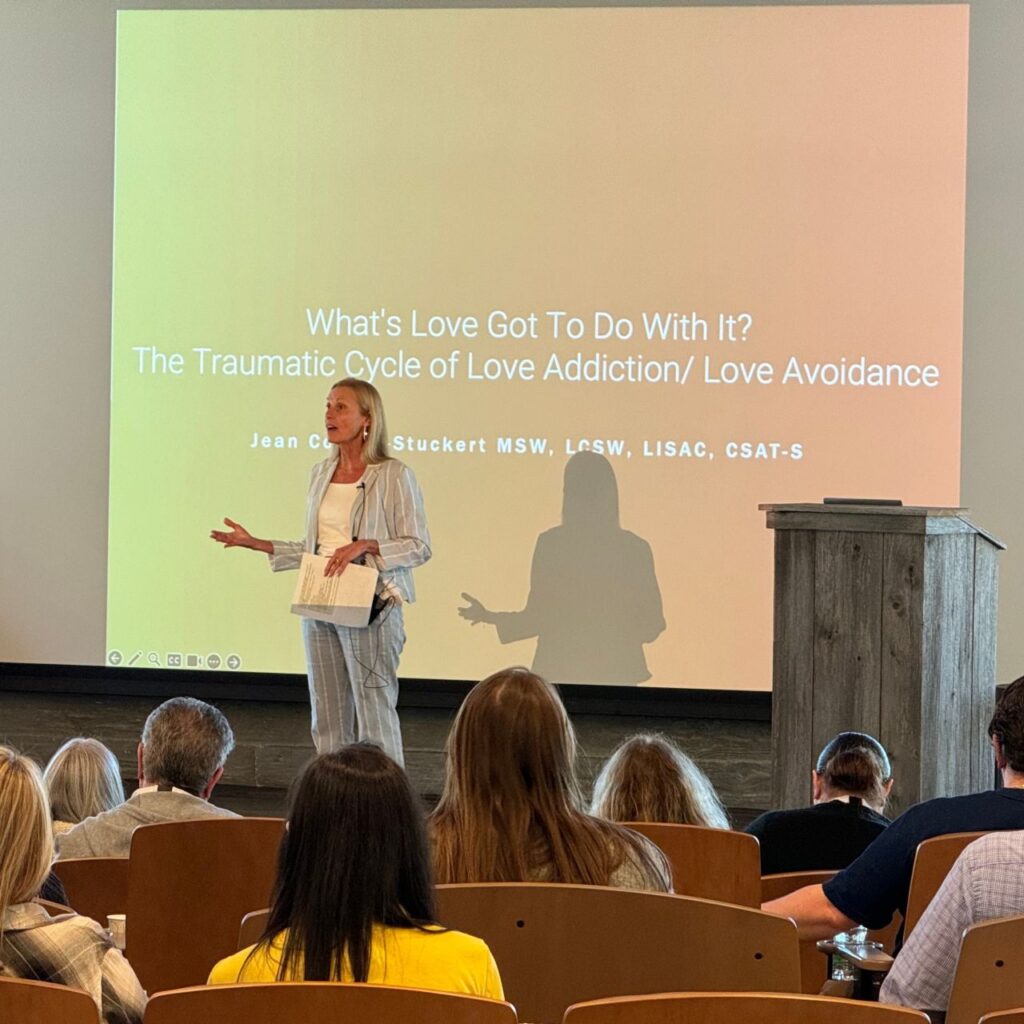
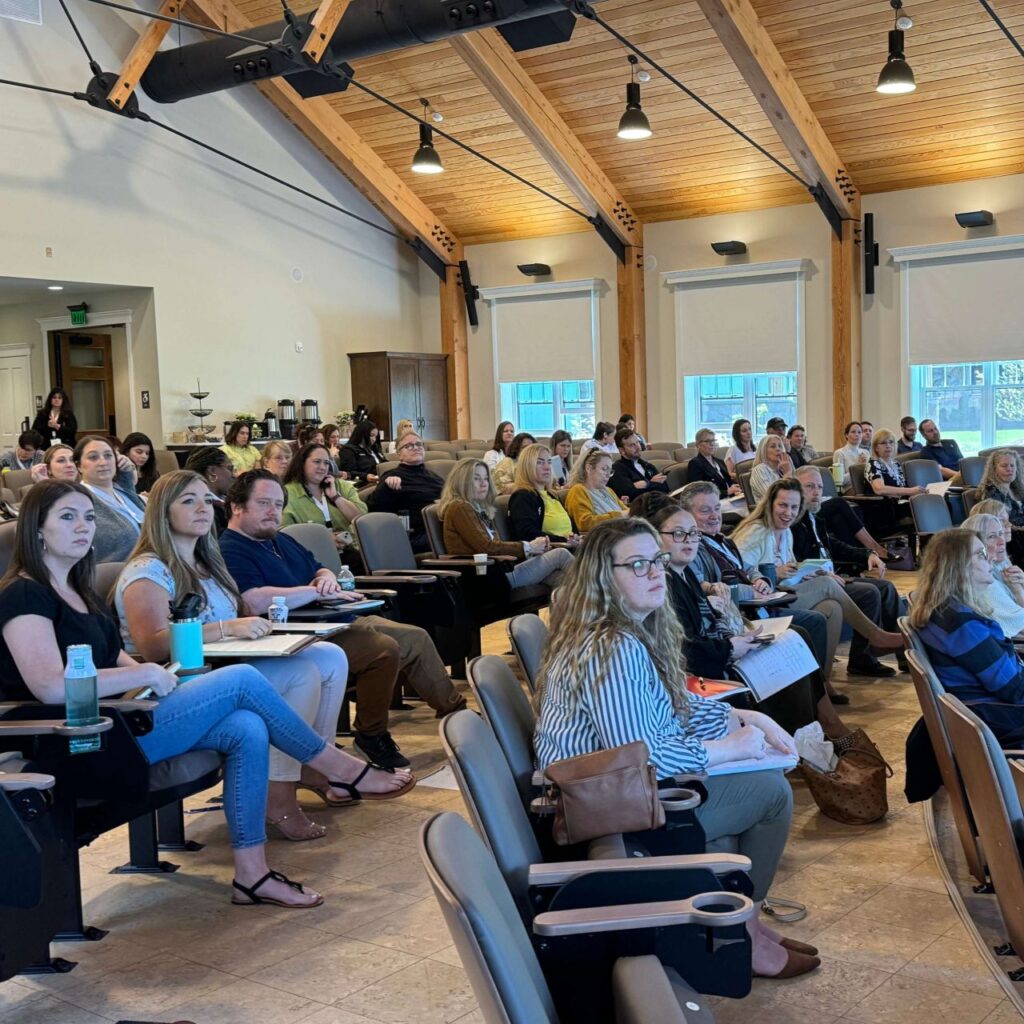
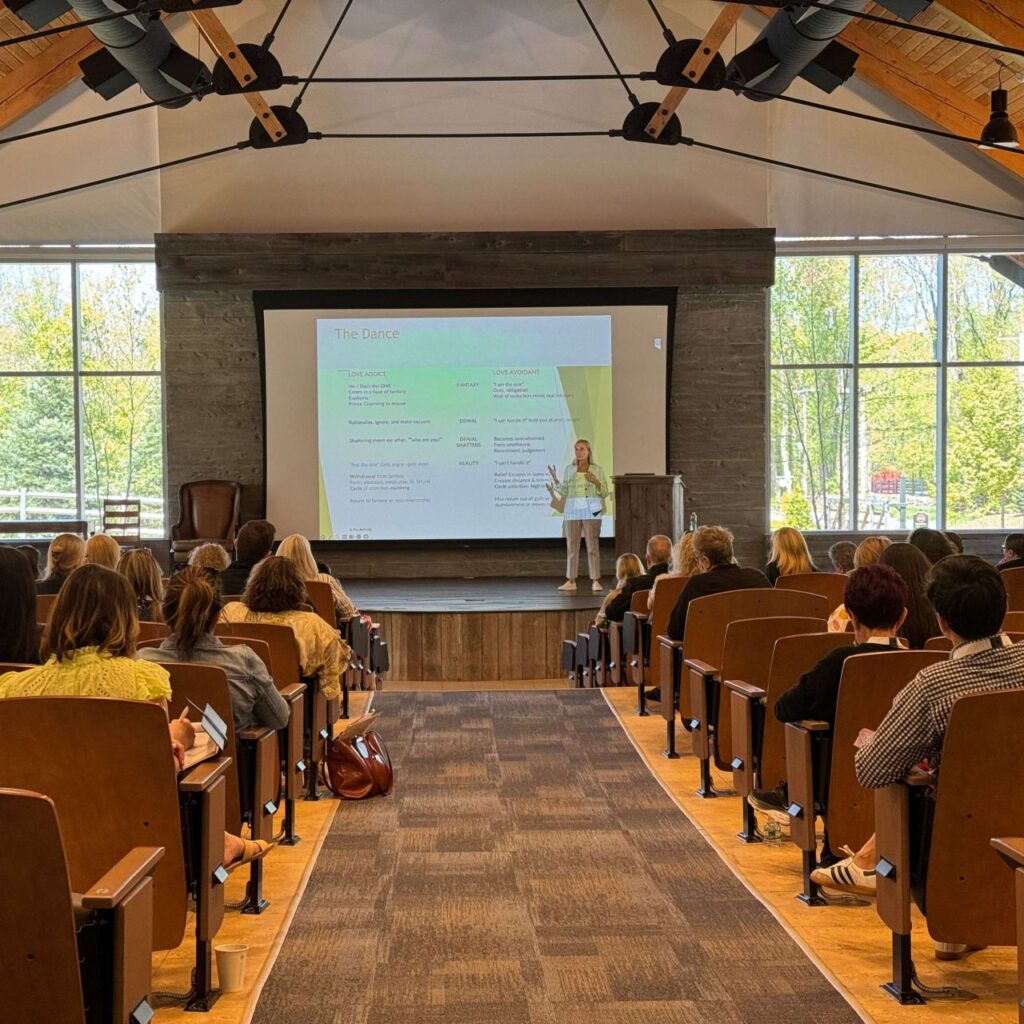
About Pia Mellody
Jean Collins-Stuckert summarized Pia Mellody’s References in her presentation. However, as a true believer and supporter of academic research, I want to mention her and her team’s study here.
Pia Mellody is a renowned author, lecturer, and counselor who has significantly contributed to the fields of addiction and relationships. She is particularly well-known for her work on codependency, love addiction, and the effects of childhood trauma on emotional health. Mellody’s theories and methodologies have shaped the contemporary understanding of how early-life experiences influence adult relationships and addictive behaviors.
One of her most influential books, “Facing Love Addiction,” provides a detailed exploration of the dynamics of love addiction and avoidance, offering therapeutic solutions for individuals struggling with these issues. In addition to her writings, Mellody has been a key figure at The Meadows Treatment Center in Wickenburg, Arizona, where she has developed programs that assist individuals in overcoming the wounds of childhood trauma. Her work is widely utilized in therapeutic settings, and she is considered a leading expert in addressing the complexities of emotional trauma and relational healing.
Mellody, P., Miller, A. W., & Miller, J. K. (2003). Facing Love Addiction: Giving Yourself the Power to Change the Way You Love. HarperOne.
This book by Pia Mellody, along with co-authors Andrea Wells Miller and J. Keith Miller, is highly regarded in psychology and therapy for its in-depth exploration of love addiction and avoidance. It comprehensively examines how these behaviors manifest and their psychological roots and provides strategies for overcoming these unhealthy relationship patterns.
Pia Mellody’s book explains the complex world of love addiction and the dynamics of relationships affected by dependency issues. Here are several key concepts and topics Mellody explores in her work:
- The Dynamics of Love Addiction: Mellody outlines how love addiction manifests through patterns of overwhelming attachment to one’s partner, often stemming from deep-seated fears of abandonment. She explains how love addicts frequently find themselves in cycles of intense emotional highs and lows based on their relationship status and interactions.
- Love Avoidance: Complementing the concept of love addiction, Mellody discusses love avoidance, where individuals fear intimacy and closeness as a defense mechanism against potential pain or rejection. She explores how love avoidants often end up in relationships with love addicts, creating a push-pull dynamic that is challenging to sustain healthily.
- The Origin of Dysfunctional Behaviors: Central to Mellody’s work is the idea that early childhood experiences, particularly those involving neglect or emotional abuse, significantly impact an individual’s relationship styles. She discusses how these early interactions set the groundwork for future relational patterns.
- Recovery Processes: Mellody provides a detailed roadmap for recovery from love addiction, emphasizing personal growth, self-awareness, and healing. She advocates for therapy and personal reflection as methods to understand and heal from the underlying causes of relationship dysfunction.
- The Role of Therapy: In her book, Mellody underscores the importance of seeking professional help to navigate the complexities of love addiction and avoidance. She discusses various therapeutic approaches to help individuals break free from unhealthy cycles and learn healthier ways of relating.
- Self-Esteem and Boundaries: A significant part of recovery, as Mellody outlines, involves building self-esteem and establishing healthy boundaries. She teaches readers how to respect their needs and desires in relationships, advocating for a balance between independence and intimacy.
- Codependency: Mellody also touches on the related concept of codependency, where a person’s self-esteem and emotional needs are overly tied to pleasing others or managing relationships at the expense of their well-being.
Mellody’s work is well-respected for its depth and practical applications, offering valuable insights not only for those struggling with love addiction but also for therapists and counselors who work with relational and emotional issues. Her contributions provide a robust framework for understanding and addressing the complexities of love and relationship dynamics rooted in childhood experiences.
Disclosure for Readers
If you or someone you know is struggling with relationship issues or emotional distress, it is important to recognize that some behaviors that seem normal might not be healthy. Seeking help from a mental health professional can provide the necessary support and guidance to address these concerns effectively. Emotional and relational health is vital, and professional help is available to assist you in navigating these challenges. Please consider contacting a therapist, counselor, or healthcare provider to discuss any issues you or a loved one may face. Remember, seeking help is a sign of strength and an important step towards well-being.
✱ If you liked this article, please share it with a friend who could use inspiration.
If you have a topic in mind or a story to share anonymously or with your name, email us at team@she.work

